Researchers from Columbia University evaluating nursing home infection control report that
across the approximately 15,700 nursing homes, there are an estimated 5.2 infections per 1000
resident care days. This translates to 2.8 million infections annually, the majority of which are
UTIs. In addition, many of these infections are caused by multidrug resistant organisms. Up to
79% of nursing home residents receive antibiotics at least once per year.
The frequency of asymptomatic urinary infection, or asymptomatic bacteriuria among residents of
LTCFs is unprecedented. Prevalence surveys in multiple facilities consistently report that 25%–
50% of women and 30% of men have positive urine cultures. In a cross-sectional study of LTC
residents seen in the emergency department for UTI, multiple drug resistant (MDR) bacteria were
identified in 39% to 80% of the isolates. Individuals particularly at risk are those with indwelling
catheters
UTIs are the most common cause of bacteremia and hospitalization in long-term care residents,
and Catheter Associated Urinary Tract Infections (CAUTIs) are the single most common
healthcare acquired condition.
In 2018 costs to Medicare for treatment of CAUTIs as an inpatient ranged up to $29,743. UTI
treatment represents at least 50% of all antibiotic usage.

